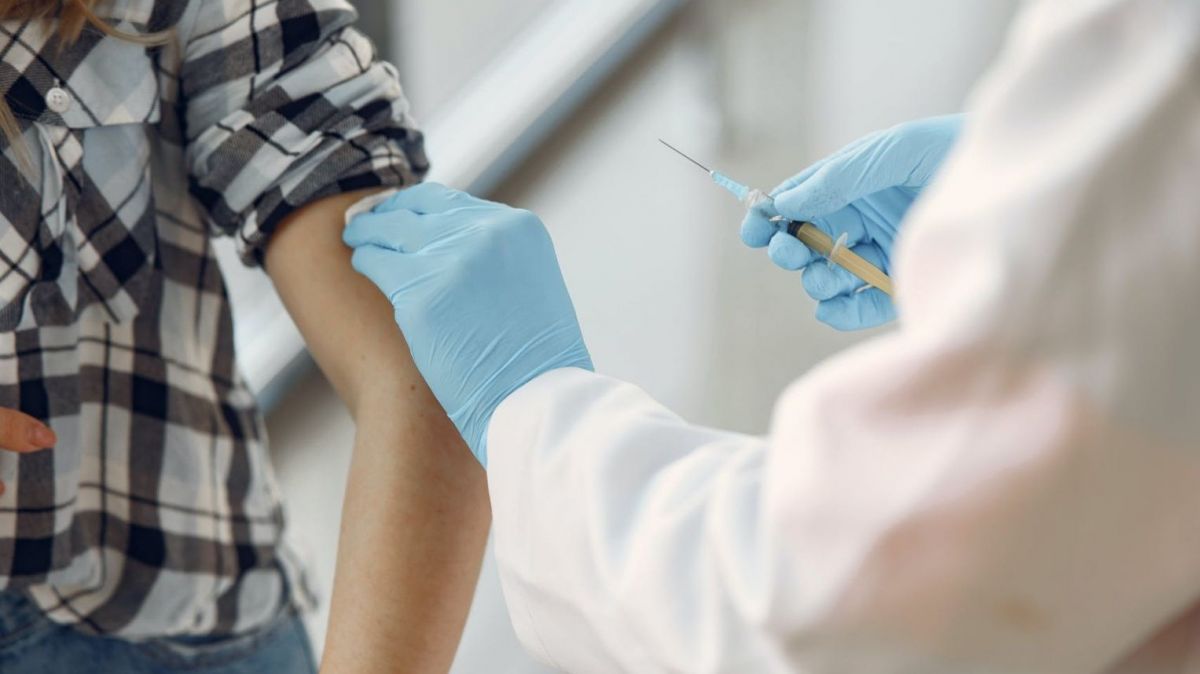Temperatures have already started to fall in mainland Portugal and will continue to do so thanks to a mass of polar air that is affecting the entire Iberian Peninsula.
The Portuguese Institute of the Sea and Atmosphere (IPMA) had already announced that the week of December 9th to 15th "will be characterised, at the beginning, by the presence of an anticyclone located close to the British Isles that will induce a flow of northeast, with transport of an air mass with polar characteristics over the Iberian Peninsula".
From the middle of the week onwards, "a depression should form at an altitude to the west of the continent that will alter the flow to the southwest and give rise to showers, which may be widespread in the territory, but which will be more frequent in the south of the country".
IPMA meteorologist Ângela Lourenço explained to Lusa that there will be an "increase in wind intensity and a drop in temperature". "The air will be colder and temperatures will begin to drop," she said, adding that temperatures should remain low at least until Wednesday.
"Perhaps on Thursday there may be a slight rise or stabilisation of temperature values (...) From the 12th [Thursday] there is some uncertainty associated with the position of a depression that could affect us next week," she said, referring to precipitation.
The IPMA explained that "the entry of the polar air mass associated with the wind that will be felt, will cause high thermal discomfort throughout the territory, with a generalised drop in both maximum and minimum temperatures, leaving them with usual values for the winter season".
The maximum temperature should vary between 4°C and 12°C in the North and Central interior regions, in the southern region it will vary between 10°C and 16°C and in the coastal areas we will have maximum temperatures between 12°C and 17°C . The minimum temperature on the mainland should be between -2°C and 3°C in the North and Central interior regions, between 2°C and 5°C in the South region, and in coastal areas the values should fluctuate between 5° C and 1ºC.















